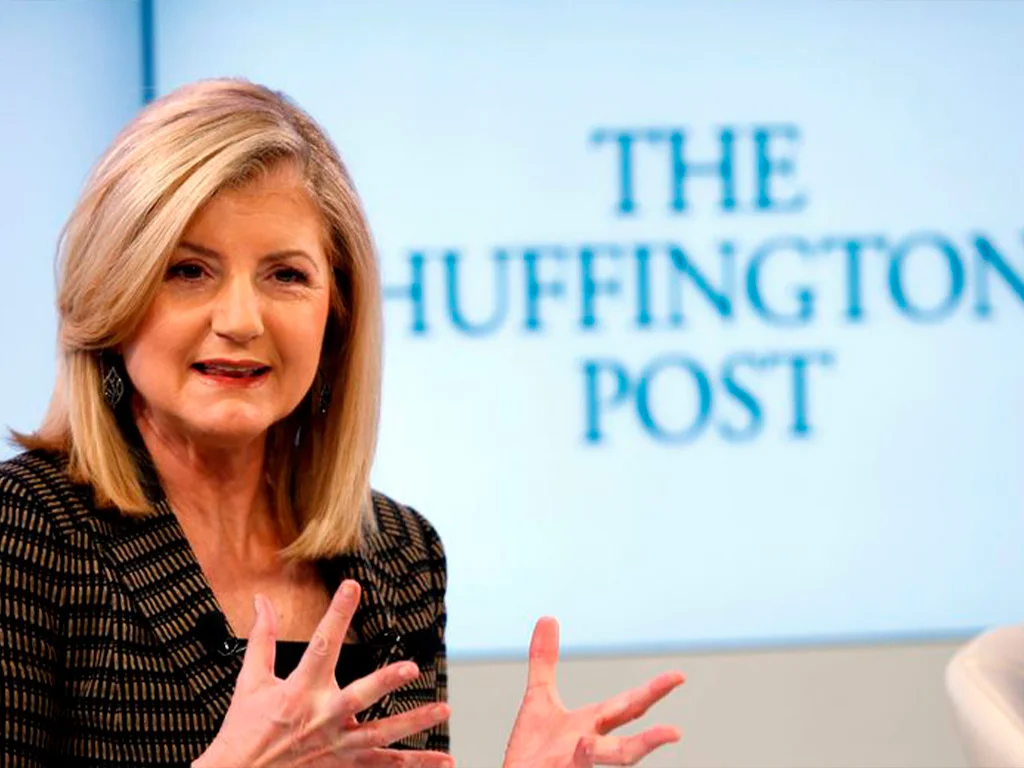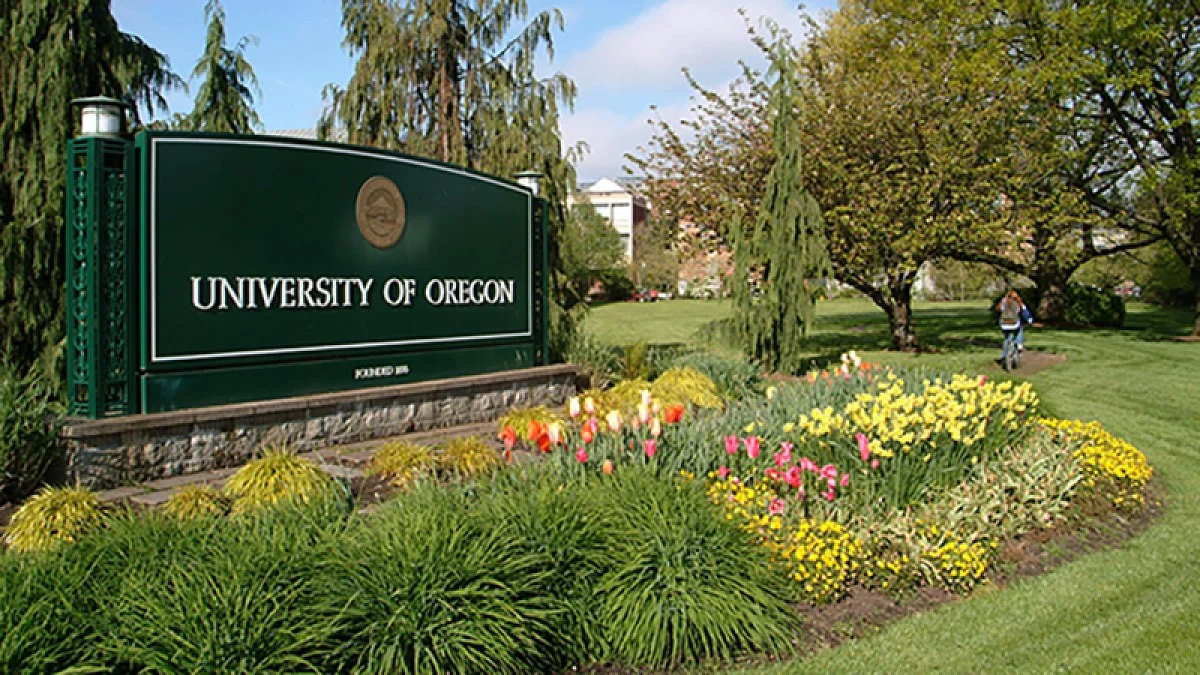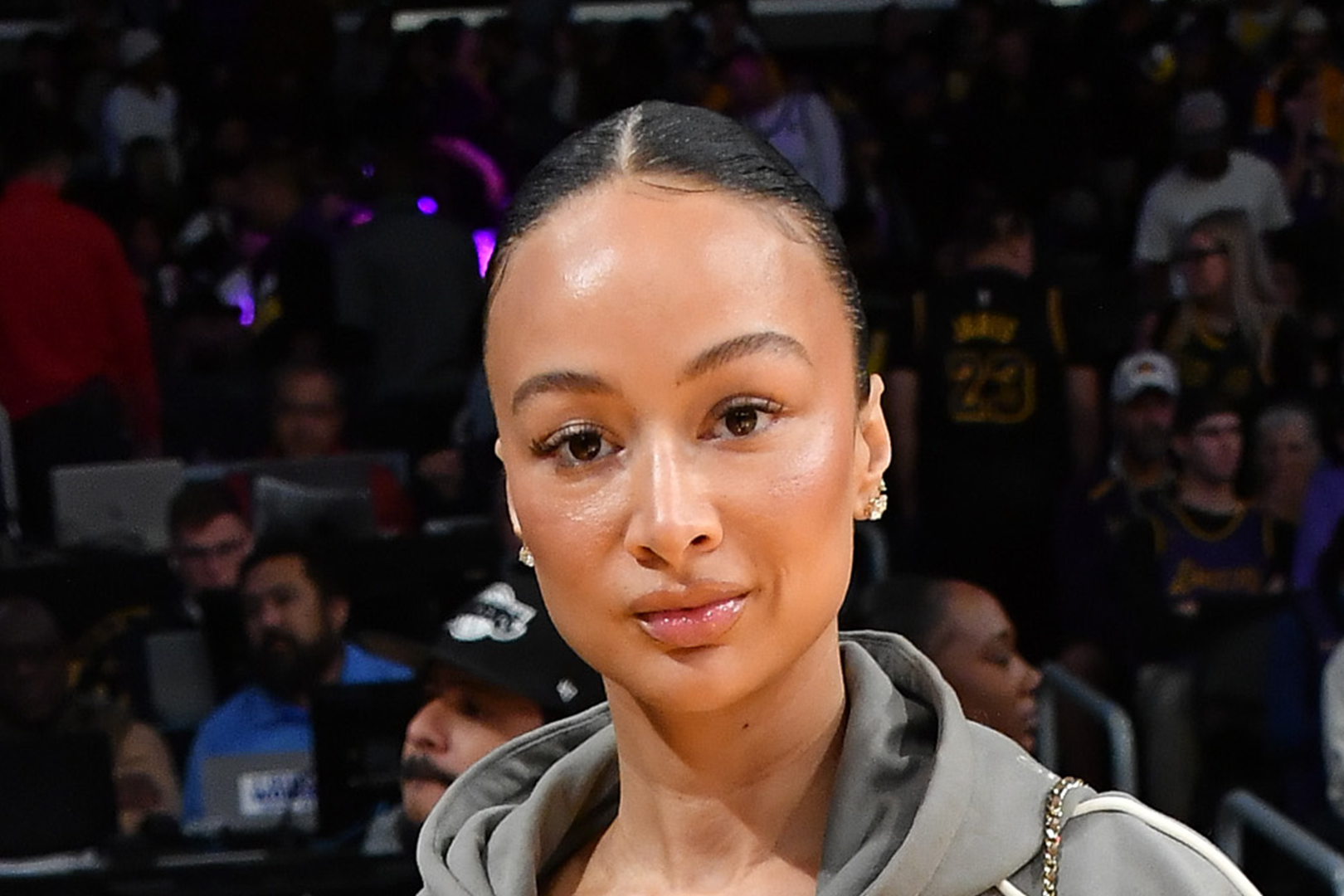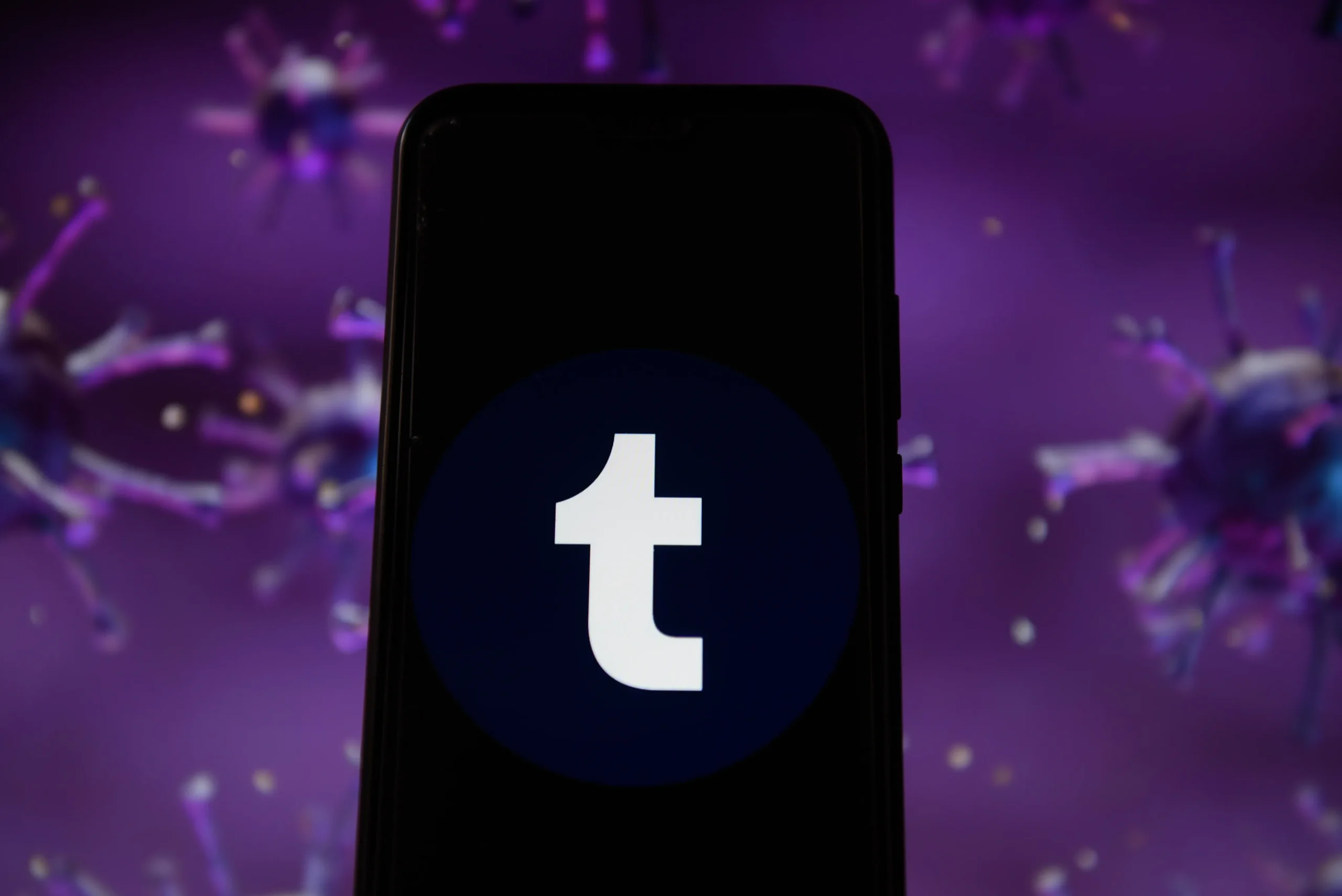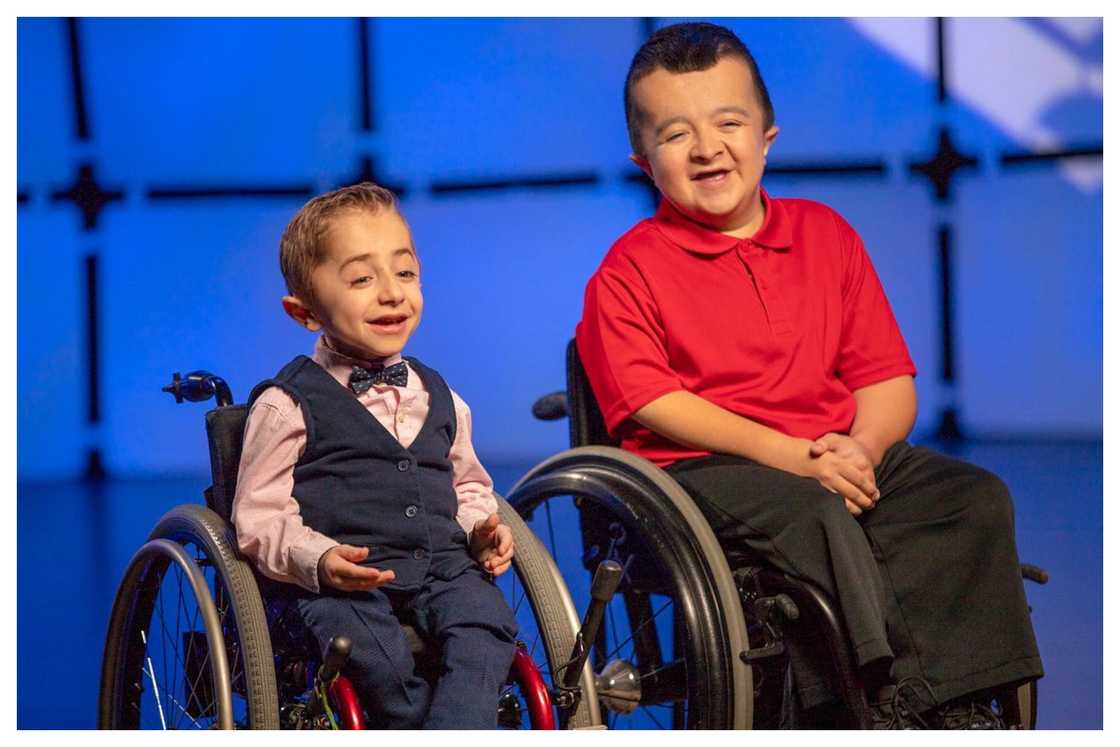
In the world of advertising, child actors play a pivotal role in creating memorable and impactful commercials. Among these young talents, Alec Cabacungan and Kaleb Wolf De Melo Torres have gained widespread recognition for their appearances in commercials for Shriners Hospitals for Children. Their charming personalities and compelling stories have touched the hearts of millions, leading to a common question: do Alec and Kaleb get paid for commercials? This article delves into the realities of child actors in advertising, focusing on Alec and Kaleb’s roles, the compensation aspect, and the broader implications of their work.
Who Are Alec and Kaleb?
Alec Cabacungan and Kaleb Wolf De Melo Torres are not just child actors; they are also real patients of Shriners Hospitals for Children. Alec, who was born with a rare genetic disorder called osteogenesis imperfecta (brittle bone disease), has become a well-known face of the hospital’s advertising campaigns. His upbeat attitude, resilience, and eloquence have made him a beloved figure.
Kaleb, on the other hand, was born with brittle bone disease, like Alec. Despite the challenges he faces, Kaleb’s bright smile and positive demeanor have resonated with viewers. Both Alec and Kaleb have become symbols of hope and determination, inspiring countless individuals with their stories of overcoming adversity.
The Role of Child Actors in Advertising
Child actors have long been a staple in advertising, especially in campaigns aimed at evoking emotional responses. These young talents are often chosen for their ability to connect with audiences on a personal level, making them effective in promoting products, services, or causes. However, the involvement of children in advertising comes with a unique set of challenges and considerations, particularly when it comes to compensation and the ethical treatment of these young stars.
Do Alec and Kaleb Get Paid for Commercials?
One of the most frequently asked questions about Alec and Kaleb’s involvement in Shriners Hospitals for Children commercials is whether they receive payment for their work. The answer to this question is not straightforward and depends on various factors, including the nature of their involvement and the policies of the organization they represent.
In general, child actors who appear in commercials are typically compensated for their work. This compensation can come in various forms, including a fixed fee for the commercial shoot, residual payments for reruns, or even royalties if the commercial is used across multiple platforms. However, the situation for Alec and Kaleb may differ due to the unique nature of their roles.

Non-Profit Organizations and Compensation
Shriners Hospitals for Children is a non-profit organization that provides specialized care for children with various medical conditions, regardless of their families’ ability to pay. As a non-profit, the organization’s primary focus is on providing care and raising funds to support its mission. The commercials featuring Alec and Kaleb are part of this fundraising effort, aimed at generating donations to continue offering life-changing care to children in need.
Given this context, it is possible that Alec and Kaleb may not receive traditional compensation for their appearances in these commercials. Instead, their participation could be seen as part of their contribution to the cause, helping to raise awareness and funds for the hospital that has played a crucial role in their lives.
However, this does not mean that Alec and Kaleb are not compensated in any way. Non-profit organizations often provide other forms of support to individuals who participate in their campaigns. This could include covering medical expenses, providing educational opportunities, or offering other forms of assistance that benefit the child and their family.
Legal Considerations for Child Actors
When it comes to child actors, there are strict legal regulations in place to ensure their protection and fair treatment. In the United States, child labor laws require that young performers be compensated for their work and that their earnings be protected through mechanisms such as the Coogan Law. This law mandates that a portion of a child actor’s earnings be placed in a trust account, which they can access once they reach adulthood.
For Alec and Kaleb, their involvement in the Shriners commercials may fall under different legal frameworks due to the non-profit nature of the organization. While they may not receive the same type of payment as child actors in commercial advertising, any compensation or support provided to them would still need to comply with applicable laws and regulations.
The Impact of Alec and Kaleb’s Commercials
The commercials featuring Alec and Kaleb have had a profound impact on both the public and the Shriners Hospitals for Children. These campaigns have successfully raised awareness about the hospital’s mission and the incredible work it does to improve the lives of children with complex medical needs. The emotional appeal of the commercials has also led to increased donations, which are vital to sustaining the hospital’s operations.
For Alec and Kaleb, their participation in these commercials has not only helped the hospital but has also allowed them to share their stories with the world. Their visibility has turned them into role models for other children facing similar challenges, demonstrating that it is possible to lead a fulfilling life despite medical difficulties.
The Ethical Considerations
The involvement of children in advertising, particularly in campaigns for non-profit organizations, raises important ethical questions. While Alec and Kaleb’s stories are undoubtedly inspiring, it is essential to ensure that their participation is voluntary and that they are not exploited for fundraising purposes. The balance between raising awareness and protecting the well-being of these young individuals must be carefully maintained.
In the case do Alec and Kaleb get paid for commercials, it appears that their participation in the Shriners commercials is driven by a genuine desire to give back to the hospital that has supported them. However, it is crucial that their involvement is continually monitored to ensure that they are not overexposed or placed under undue pressure.
Conclusion
Alec Cabacungan and Kaleb Wolf De Melo Torres have become iconic figures in the world of advertising, thanks to their appearances in Shriners Hospitals for Children commercials. While the question of whether they are paid for these commercials remains complex, it is clear that their participation has had a significant impact on both the hospital and the broader public. As child actors, Alec and Kaleb are protected by laws designed to ensure their fair treatment, but the unique nature of their roles in non-profit advertising adds an additional layer of complexity.
Ultimately, the most important consideration is that Alec and Kaleb are treated with the respect and care they deserve. Their stories have touched the hearts of many, and their contributions to Shriners Hospitals for Children are invaluable. Whether they receive traditional payment or other forms of support, their involvement in these commercials is a testament to their strength, resilience, and generosity.


